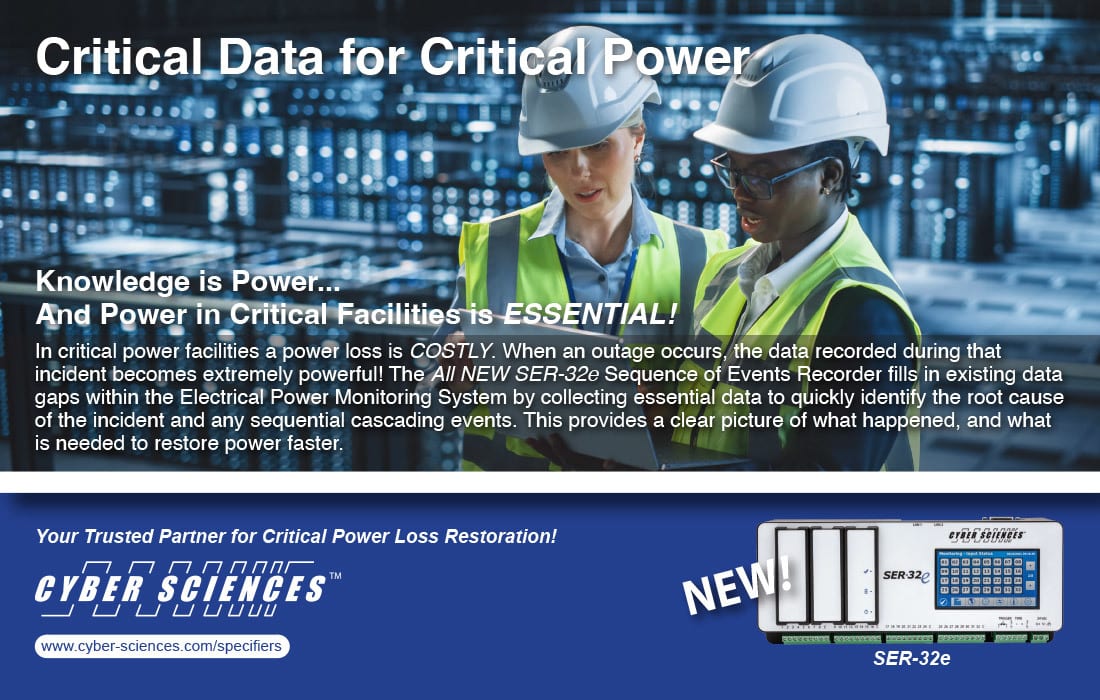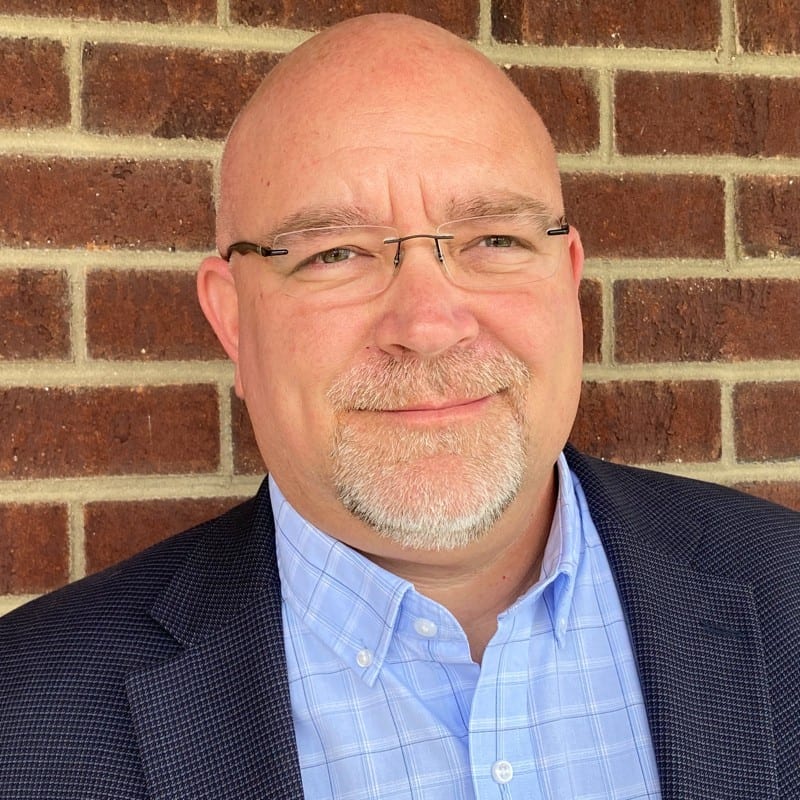// Sustainability //
Practices through data center operations
Improving Sustainability Is a Global Imperative
Did you know data centers consume an estimated 200 terawatt hours (TWh) of electricity each year? It has also been forecast that, by 2025, data centers could consume up to one-fifth of the Earth’s power. As more data centers focus on energy efficiency, solid sustainability strategies are being implemented.
Making a Sustainable Difference
It has become a social responsibility to operate data centers sustainably. That can be done in a few different ways. The key is to take a holistic approach that encompasses the life cycles of data centers and manages all systems, processes, and teams as an integrated biosphere. Operating models should encompass the points above with measurable and methodical strategies to reduce carbon emissions.
Diversity and Inclusion
While often paired with workforce development, diversity and inclusion should be approached as its own pillar. Encompassing diversity as a strength within the company's values and culture is an important factor in embracing all opinions and leveraging new/improved strategies for sustainable practices. This will improve retention and give insight into what people with different backgrounds may be doing — potentially improving the processes already put in place. Creating a culture that accepts people will cascade into a culture that encourages diverse opinions and ideas in a collaborative, positive environment versus a confrontational, subservient, and begrudging manner. Creating a tether between individuals, teams, and company missions, should be a constant endeavor and will lead to a creative and motivated group collectively pursuing excellence for each other, the company, and themselves.
Sustainability Road Maps
Sustainability road maps (SRMs) provide a competitive advantage in business resilience, market opportunity, employee satisfaction, customer acquisition, retention, and investor values. Having consultants help create these road maps may be the most beneficial option. Having a strategic plan of execution will provide the following.
- A corporate purpose and business case for stakeholders.
- Insight into financial material risks and opportunities that may arise.
- Scenario analysis to break down enterprise risk management.
- Capital expenditure and investment calculations to better analyze environmental and social impacts.
Having goals associated with the road map can help facilities improve upon future sustainability implementation. As the industry learns more about different practices to become more sustainable, the goals can be adjusted to transform services and solutions.
Data Center Measurement Standards
Although there are over 130 discrete and measurable aspects along the road map to implement, you can start with the top five most common metrics. Those includes data center infrastructure efficiency (DCIE), power usage effectiveness (PUE), carbon usage effectiveness (CUE), water usage effectiveness (WUE), and electronics disposal efficiency (EDE).
The key to effectively managing data center life cycles is to align industry standards and metrics with customer stakeholders and implement key performance indicators (KPIs) that most effectively reflect performance against sustainability objectives. The wealth of standards and metrics that have been identified must be integrated into an operational scheme that drives performance and continuous improvement. Standards and metrics are driven by behaviors, and implementing the appropriate systems and processes will drive results that can be measured and managed to serve as the basis for future planning.
With KPIs established, the next step is to implement an effective, real-time monitoring solution that can immediately identify deviations and support key functions in the change management process. Change management procedures must be in place to capture key metrics before and after the action to ensure expected outcomes are achieved and delivered the intended positive impact to the environment. Ideally, the change management procedures and monitoring solution will enable simulations to quantify opportunities and aid in developing a structured implementation plan. Given the rapidly changing nature of data centers, effective monitoring solutions are critical.
Resource Optimization
Proactively building solutions that drive sustainability with the above data center measurements standards is critical for resource optimization. When it comes to utilizing resources efficiently, the “big three” are power, water, and waste.
- Power Usage — Electrical power generation from fossil fuels can be reduced by way of geothermal, wind, and solar energy sources.
- Water Consumption — Understanding the local water supply and verifying there is enough water to meet energy demands is imperative —consider what could happen if the local government cuts off the water supply to data centers in order to prioritize providing accessible water to its citizens.
- Waste management — Approximately 70% of all toxic waste in the U.S. is created by data centers every year. Reusing decommissioned equipment, using certified recycling, and leveraging sustainable goods/personal protective equipment (PPE) is a great start to being good stewards with resources.
Predictive maintenance plans contribute to resource management by focusing on thresholds, risk mitigation, and contractor optimization.
Methodical Audits
Audits and consultants can help identify the main impacts of facilities and compare different technologies and supply chain opportunities for efficiency improvement. Analysis activities determine when to retire equipment versus redeploying it, identif opportunities for using AI, and consolidate less efficient systems to reduce overall energy use and improve system utilization.
Important audits include the following:
Dematerialization audit
- Identifying what infrastructure and IT hardware can be reduced, replaced, or optimized, including virtualizing systems and desktops
- Performing an asset audit to identify orphan IT hardwarethat can be decommissioned and removed
Design and Planning Review
- Reviewing the difference between building a data center with wood versus concrete
- Assessing liquid emersion cooling versus air cooling
- Regional or metro spare parts management versus local, on-site strategies
Full Emissions Audit
- Verifying emissions associated with the purchase of all equipment
Scope 2 + 3 Greenhouse Gas (GHG) Emissions Audit
- Verifying emissions associated with purchased electricity, heat, steam, goods, business travel, commuting, waste disposal, transportation, distribution, investments and assets
Local Requirements
Data centers are subject to local regulations and requirements, and these change over time. Working closely with local authorities and planning councils will help avoid reacting to changes that may be enacted.
- Evaluate local requirements that influence maintenance plans. For instance, a noise reduction standard can affect timing of maintenance cycles.
- Many countries have sustainability training/guidelines that can be incorporated.
- Governments may offer incentives for sustainable practices.
- Utility providers often provide grants and rebates for energy efficiency projects
- Talk to your neighbors! Understand what other building operators are adopting and share best practices.
The path the industry is on currently is not sustainable. It is our duty to be the change and make the difference for generations to come. If done right, sustainable operations can drive bottom line results that will have a long-term economic and social benefit. The first step is taking sustainability seriously and understanding the impacts. Together, let’s make this world a better place for future generations.
Mike Jones
Mike Jones is senior vice president of facility operations at Salute Mission Critical.
Lead [Beeldbewerking]/[Creatas Video] via Getty Images




